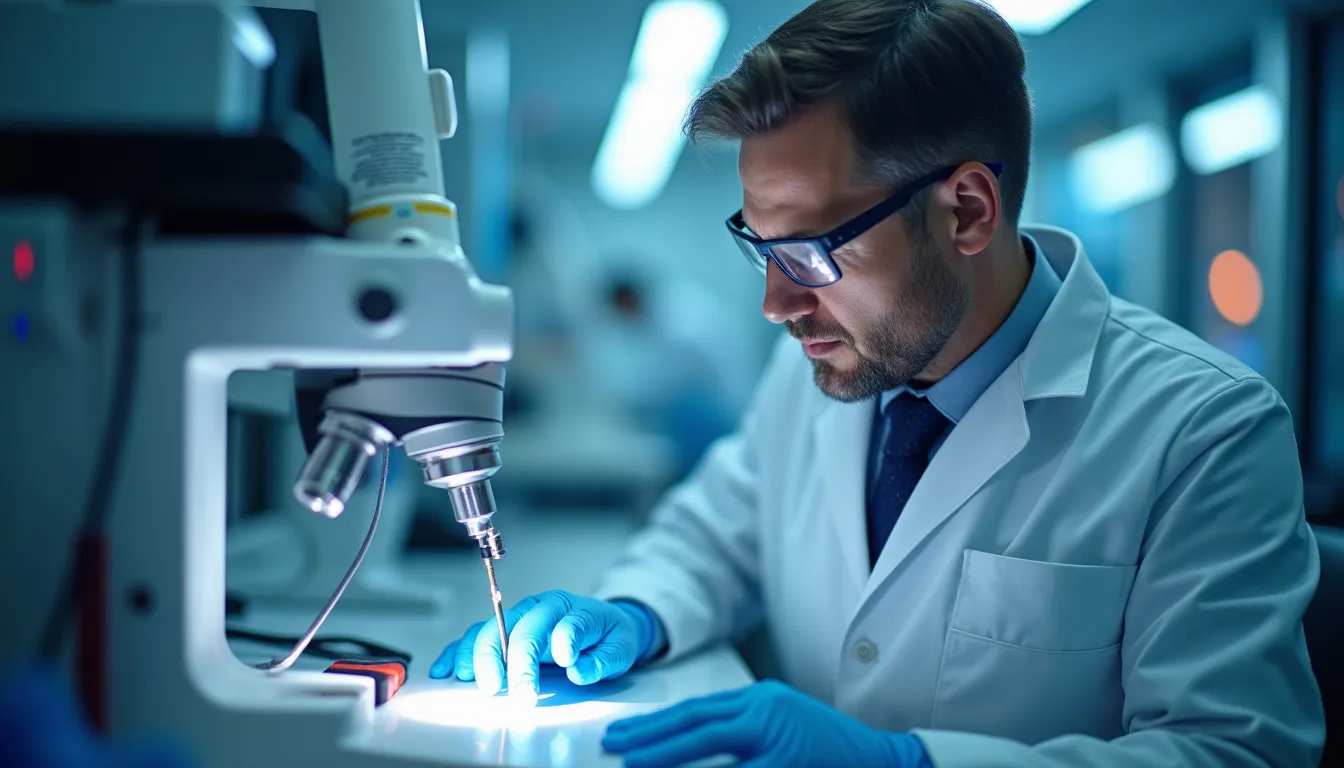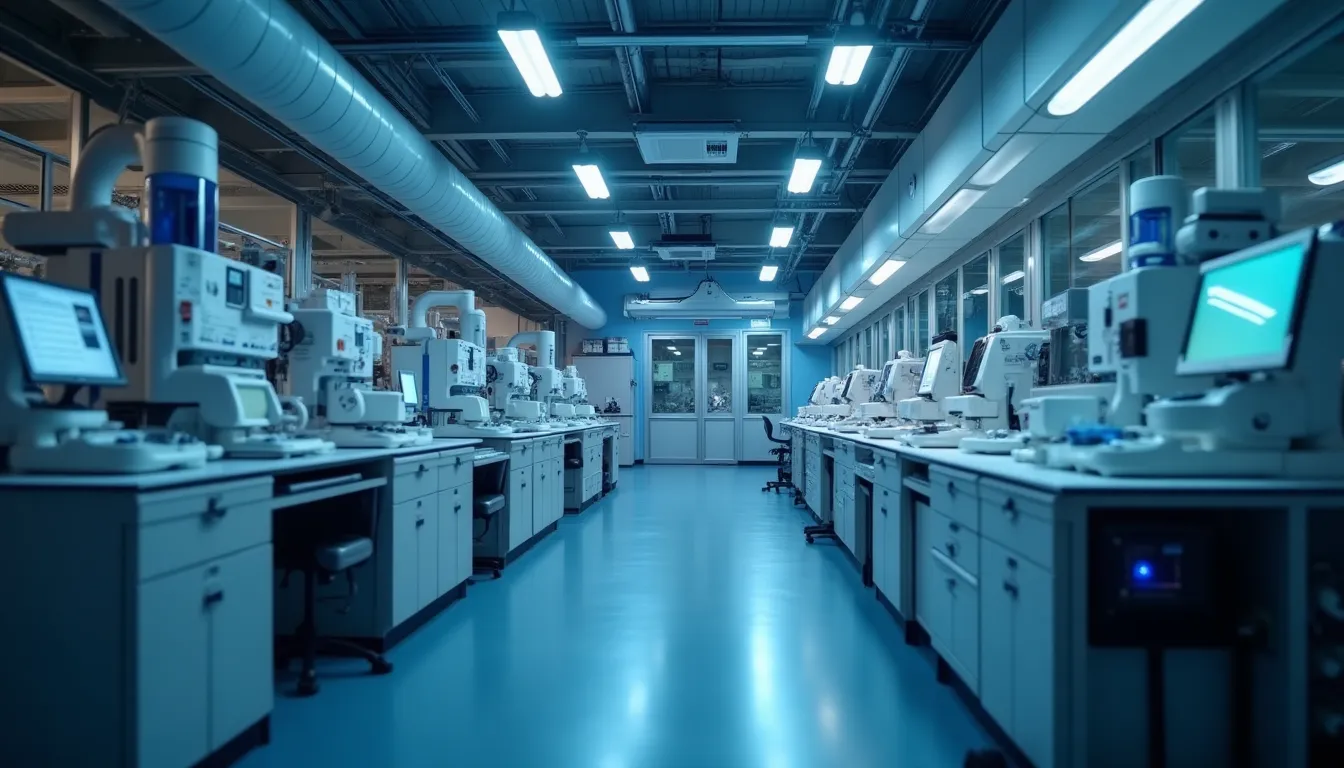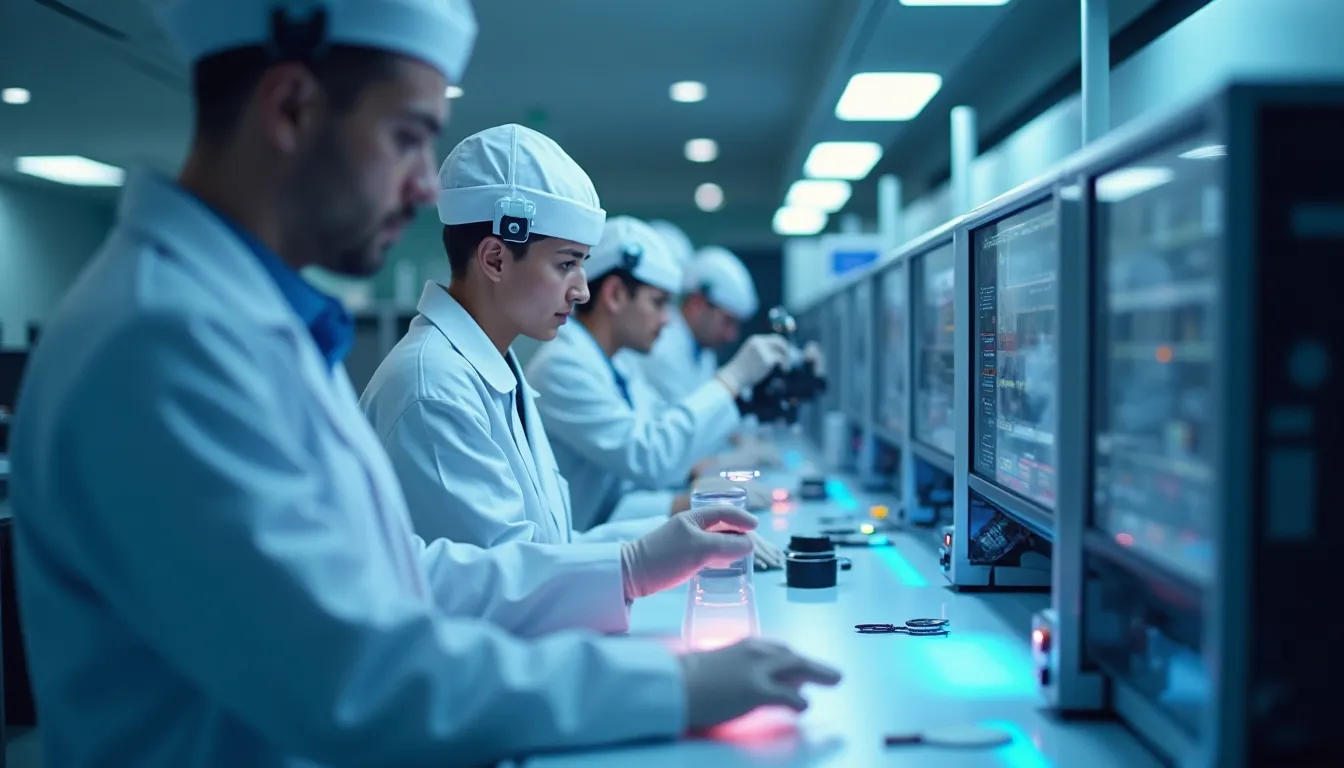As the number of satellites and space missions continues to grow, the issue of space debris has become increasingly critical. Recent advancements in technology and innovative strategies have emerged to address this pressing challenge. This article delves into the latest developments in space debris removal, focusing on plasma propulsion systems, ion beam technology, and protective measures for satellites.
The Challenge of Space Debris
Space debris, consisting of defunct satellites, spent rocket stages, and fragments from collisions, poses a significant risk to operational spacecraft and the International Space Station (ISS). With over 36,500 pieces of debris larger than 10 cm orbiting Earth, the threat of collision is ever-present. As the aerospace industry seeks to expand its capabilities, effective debris removal strategies are paramount to ensuring the safety and sustainability of space operations.
Plasma Propulsion System: A Novel Approach
Researchers at Tohoku University have made significant strides with a plasma propulsion system, which has shown promise in laboratory tests for decelerating space debris. This system works by emitting a stream of plasma towards the debris, effectively slowing its speed and guiding it into a trajectory where it can burn up upon re-entry into the Earth’s atmosphere. This method offers a non-invasive solution, avoiding the risks associated with physical contact with debris.
However, the technology is not without its challenges. The kickback effect from the plasma emissions can complicate the removal process, leading to concerns about the stability and control of the removal satellite. Further research and development are needed to optimize this system for practical application in orbit.
ALBATOR Project: Harnessing Ion Beam Technology
In a parallel effort, the ALBATOR project, funded with 3.9 million Euros, is pioneering the use of ion beam technology for debris removal. This innovative approach allows for the manipulation of debris without any physical contact, significantly reducing the risk of collision with operational satellites. The ion beam can change the trajectory of space debris by applying a precise force, providing a promising solution to mitigate the growing threat of space junk.
The emphasis on non-kinetic methods reflects a broader trend within the industry to explore safer and more efficient means of debris removal. As space agencies and private companies look to the future of space exploration, the ALBATOR project serves as a crucial step toward developing scalable solutions.
Protective Measures: Space Armor for Satellites
In addition to active removal strategies, protective technologies are also evolving. Atomic-6 has introduced Space Armor, a lightweight, radio-transparent polymer designed to shield satellites from hypersonic debris impacts. This innovative material enhances the resilience of satellites, ensuring that they maintain communication capabilities even in the event of an impact.
The integration of protective measures like Space Armor is vital as we witness a surge in satellite launches, including mega-constellations for global internet coverage. Ensuring the durability of these satellites against potential debris collisions is essential for the long-term viability of space operations.
Implications for the Aerospace Industry
The advancements in space debris removal technologies are not isolated developments; they represent a shift in how the aerospace industry approaches the sustainability of space operations. With growing interests from both governmental and private sectors, the need for effective debris management solutions is becoming a priority.
Technologies such as precision accelerometers and quartz MEMS gyroscopes are integral in the development of debris tracking and removal systems. These high-performance components enhance the functionality of satellites and debris removal vehicles, allowing for improved navigation and control during critical operations.
The collaboration between research institutions, government agencies, and private industry is paving the way for innovative solutions that could redefine the future of space travel. As we continue to explore the cosmos, a responsible approach to managing space debris will be essential in ensuring safe and sustainable operations.
Conclusion
The battle against space debris is intensifying, and the recent advancements in plasma propulsion systems, ion beam technology, and protective measures represent a hopeful horizon for the aerospace industry. As these technologies evolve, they will play a crucial role in maintaining a secure environment for future space missions. The ongoing collaboration across sectors will be vital in developing comprehensive strategies that not only tackle the existing debris challenges but also prevent new ones from arising. The future of space exploration hinges on our ability to manage the orbital environment responsibly, ensuring that the vastness of space remains accessible for generations to come.
References
-
New Space Armor shields satellites from hypersonic space debris (newatlas.com) - 10/27/2025 Protect your spacecraft from catastrophic debris impacts. Discover Atomic-6’s new Space Armor, a lightweight, radio-transparent polymer …
-
Space Brief 26 Oct 2025 (keeptrack.space) - 10/27/2025
-
Could we blast space debris out of harm’s way with ion beams? (www.space.com) - 10/26/2025 A new space debris removal project aims to blast hazardous junk out of harm’s way from a distance, without the need for physical contact.
-
For space travel without space debris | News | Oct 15, 2025 (www.sfb1667.uni-stuttgart.de) - 10/15/2025 The University of Stuttgart is the first German university to sign up to the European Space Agency’s (ESA) Zero Debris Charter.
-
Plasma propulsion system could help remove space debris without … (phys.org) - 9/8/2025 The idea is that a removal satellite, deployed for the express purpose of removing space debris, could use a propulsion engine to spew plasma …
-
Tohoku plasma propulsion breakthrough tackles space debris (www.innovationnewsnetwork.com) - 9/8/2025 Tohoku University has developed a plasma propulsion system that could revolutionise space debris removal and make Earth’s orbit safer.



